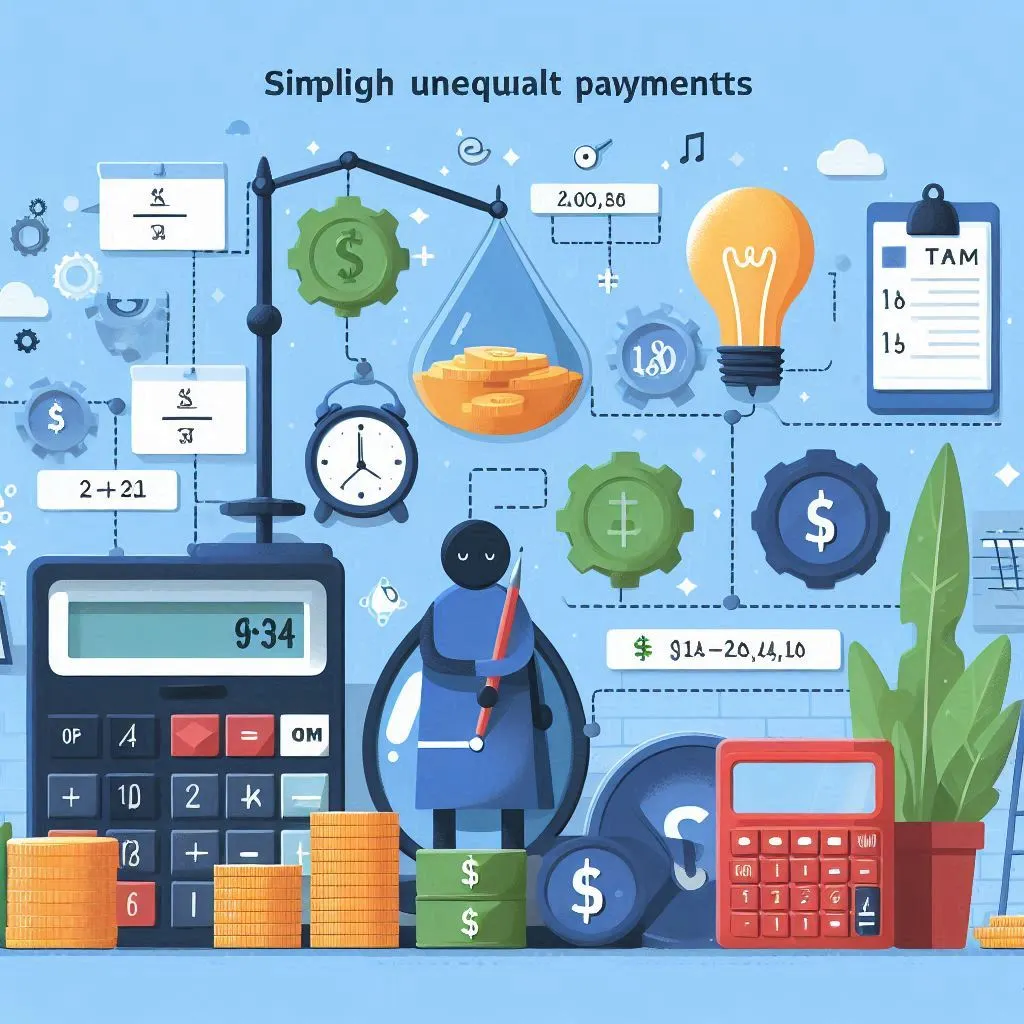Claim Your Offer Today
Celebrate this Christmas with stress-free accounting assignments! Get 15% OFF on all our expert accounting assignment help using the exclusive Christmas promo code AAHXMAS15. Whether it’s homework or complex accounting problems, our professional accounting assignment expert are here to help you score better grades—on time and hassle-free. Don’t miss this limited-time festive offer and make your Christmas brighter with academic success!
We Accept
- Adjusting Prepaid Expenses
- Handling Depreciation Adjustments
- Several methods can be used for calculating depreciation:
- Adjustments for Prepaid Expenses and Depreciation
- The Role of Work Sheets
- Closing Entries
- Conclusion
Handling prepaid expenses and depreciation accurately is crucial for ensuring that financial statements reflect the true financial condition of a company. This blog delves into the methods and adjustments needed for managing these aspects effectively, providing clarity on how to navigate these common accounting tasks.
Accurate adjustments for prepaid expenses and depreciation methtods are essential for ensuring that financial statements accurately reflect a company's financial position. Prepaid expenses, such as insurance or rent paid in advance, must be gradually expensed over their useful life. This involves transferring a portion of the prepaid amount to an expense account periodically to match the expense with the period it benefits. For depreciation, methods like straight-line, declining balance, and units of production are used to allocate the cost of tangible assets over their useful life. Each method has its implications for financial reporting and tax calculations.

For students dealing with depreciation assignments, understanding and applying these concepts accurately is crucial. If you find yourself struggling with complex depreciation calculations or adjustments for prepaid expenses, seeking help can be beneficial. Professional assistance can clarify these topics and provide step-by-step guidance, ensuring you grasp the intricacies of these accounting adjustments. Whether it's for academic purposes or practical application, expert help can make a significant difference in mastering these critical financial concepts.
Adjusting Prepaid Expenses
Prepaid expenses are costs paid in advance for goods or services to be received over future periods. Examples include insurance premiums, rent, and subscriptions. Initially recorded as assets, these expenses must be adjusted periodically to reflect their usage accurately.
When recording prepaid expenses, the total payment is first recorded as an asset. For example, if a company pays $1,200 for a year's worth of insurance, it is initially recorded in the prepaid insurance account. As time passes, the expense is gradually recognized by making periodic adjustments. For instance, each month, an adjustment of $100 is made, transferring a portion from the prepaid insurance account to the insurance expense account. This process ensures that expenses are matched with the periods they benefit.
Handling Depreciation Adjustments
Depreciation is the allocation of the cost of a tangible asset over its useful life. It reflects the gradual wear and tear on an asset, such as machinery, equipment, or vehicles. Accurate depreciation adjustments are vital for presenting a realistic view of asset value and expenses.
Several methods can be used for calculating depreciation:
- Straight-Line Depreciation: This method spreads the cost of the asset evenly over its useful life. For example, if equipment worth $5,000 has a useful life of 5 years, the monthly depreciation expense would be $83.33 ($5,000 divided by 60 months).
- Declining Balance Depreciation: This method applies a fixed percentage to the asset's remaining book value, resulting in higher depreciation expenses in the early years. For example, a 20% declining balance method applied to an asset initially valued at $5,000 would result in a $1,000 depreciation expense in the first year.
- Units of Production Depreciation: This method bases depreciation on the asset's usage or output. For instance, if machinery is expected to produce 100,000 units over its lifetime, and it has a $5,000 cost, the depreciation per unit would be $0.05. If 10,000 units are produced in a year, the annual depreciation expense would be $500.
Adjustments for Prepaid Expenses and Depreciation
To ensure accurate financial reporting, adjustments must be made for both prepaid expenses and depreciation. For prepaid expenses, the adjustment involves transferring a portion of the prepaid amount to the expense account as time progresses. For depreciation, periodic entries must be recorded to allocate the cost of the asset systematically.
Example of Prepaid Expenses Adjustment:
- Initial Entry: Debit Prepaid Insurance $1,200; Credit Cash $1,200
- Monthly Adjustment: Debit Insurance Expense $100; Credit Prepaid Insurance $100
Example of Depreciation Adjustment:
- Straight-Line Depreciation Entry: Debit Depreciation Expense $83.33; Credit Accumulated Depreciation $83.33
The Role of Work Sheets
Work sheets are invaluable tools in preparing accurate financial statements. They help organize and summarize adjustments for prepaid expenses and depreciation, ensuring that all changes are correctly recorded. Typically, one work sheet is used, including columns for unadjusted trial balances, adjustments, adjusted trial balances, and final financial statements.
Closing Entries
At the end of the accounting period, closing entries are made to transfer the balances from temporary accounts (revenues, expenses, and dividends) to permanent accounts like retained earnings. This process resets the temporary accounts and ensures that all adjustments for prepaid expenses and depreciation are reflected in the final financial statements.
Closing Entry Example for Depreciation:
- Debit: Depreciation Expense; Credit: Accumulated Depreciation
Conclusion
Accurate adjustments for prepaid expenses and depreciation are essential for maintaining reliable financial records. By following proper recording and adjustment methods, businesses can ensure that their financial statements accurately reflect their financial position. For students completing their accounting assignments, understanding these adjustments is crucial for producing precise and comprehensive work. Using work sheets and closing entries effectively can further enhance the accuracy and reliability of financial reporting, ensuring that all aspects of the accounting cycle are thoroughly addressed









